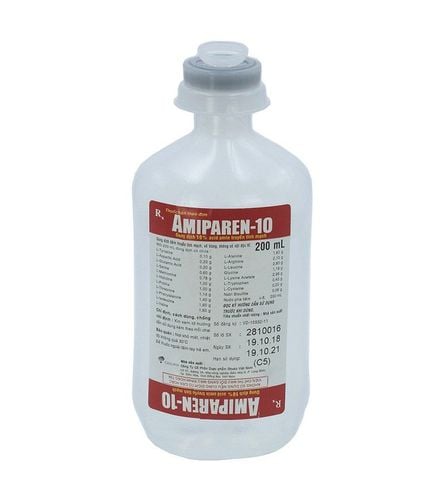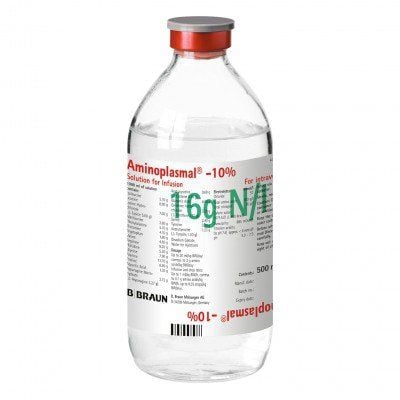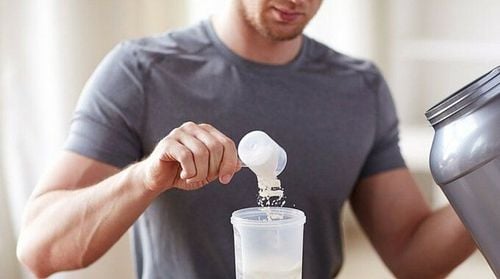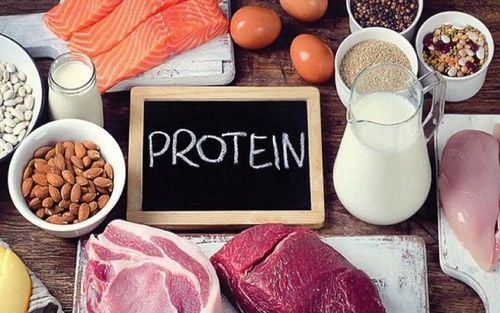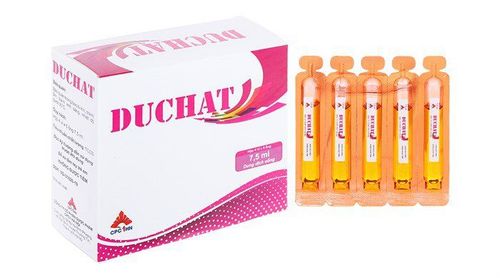This is an automatically translated article.
People often use whey powder as a supplement when exercising to increase resistance, help improve protein synthesis and promote the development of muscle mass. However, many people still do not know what whey powder is and what it is made of.
1. What is Whey Powder?
Milk is made from two proteins, casein and whey. Whey protein can be separated from the casein in milk or formed as a by-product of cheese making. Whey powder is considered a complete protein because it contains all 9 essential amino acids and is low in lactose.Some properties of whey powder:
Many of the potential benefits of whey powder are based on single studies and more evidence is needed before definitive statements can be made. Whey protein is a mixture of beta-lactoglobulin, alpha lactalbumin, bovine serum albumin and immunoglobins. Possible benefits of whey powder include weight loss and lower cholesterol. Possible side effects include nausea and headache, but in moderate doses, whey protein is not considered dangerous. There are three main types of whey protein include:
Whey protein concentrate (WPC): This is low in fat and low in carbohydrates. The percentage of protein in WPC depends on how concentrated it is. Lower grade concentrates have about 30% protein and higher grade up to 90%. Whey protein isolate (WPIs): This is further processed to remove all fat and lactose. WPI is usually at least 90 percent protein. Whey protein hydrolysate (WPH): is considered a "pre-digested" form of whey protein because it has undergone partial hydrolysis - a process necessary for the body to absorb protein. WPH does not require as much digestion as the above two forms of whey protein. In addition, WPH is commonly used in medical protein supplements and infant formulas because of its improved digestibility and reduced allergenicity.
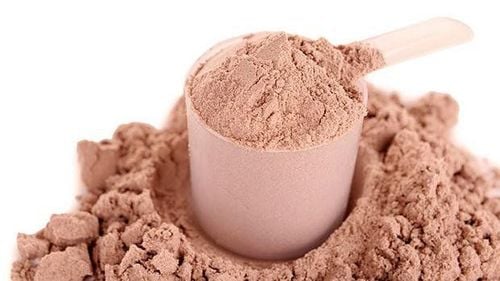
Bột whey chứa tất cả 9 loại axit amin thiết yếu và có hàm lượng lactose thấp
2. What is whey powder made of?
Specific whey powders are milk products obtained by drying whey or acid whey, where whey means the liquid milk product obtained during the manufacture of cheese, casein or similar products by separated from the curd after coagulation of milk and/or milk products.
The production of whey powder is as follows, first filtration and centrifugation to remove any cheese particles and residual fat before further processing (if necessary). In addition, it is necessary to add an acid neutralizer in the case of acidic whey (mineral acid or lactic acid). After these pretreatments, liquid whey is concentrated and dried to form a powder.
To prevent dough from sticking, lactose is usually crystallized before drying. Whey powder variations include demineralized whey powder and split whey powder. These ingredients can be produced by processes such as reverse osmosis, ion exchange, and electrodialysis to remove minerals, while lactose crystallization followed by UF/DF to reduce the lactose concentration of the whey powder .
Lactose hydrolysis is also an option for the production of whey isolate powder. For demineralized whey powder, 70%–90% of the mineral content in fresh whey is removed. Demineralization and dehydration of whey reduce the hygroscopicity and salinity associated with whey powder.
3. What is the use of whey powder?
Whey powder is used as an ingredient in the processing and production of a wide variety of foods, from chocolate and sugar confectionery, bread, soups and sauces, baby food, etc., with a variety of varieties. used in various foods.
The standard whey powder product is an anhydrous whey powder made from sweet whey, a by-product of cheese making without over-acidification, and with a pH of 6.3–6.5 (e.g. emmental production and gruyere).
Sweet whey is evaporated to 60–70% solids to supersaturated lactose and cooled rapidly to 30°C, at which point a-lactose crystals form. Further cooling to 15°C causes the conversion of β-lactose to a-lactose and approximately 75–80% of lactose crystals. The whey concentrate can then be spray dried. Part of the lactose (up to 20%) remains amorphous, hygroscopic.
Mineral-free whey powder can be used in many different foods, it is commonly used in some such as infant foods (and goat milk substitutes), mineral salt content may need careful adjustment.
Recent years have seen an increasing use of mineral-free whey powder as an alternative to NFMS in chocolate for reasons of cost reduction. With an appropriate formulation when making chocolate, it is possible to use mineral-free whey powder without affecting the taste of the chocolate.
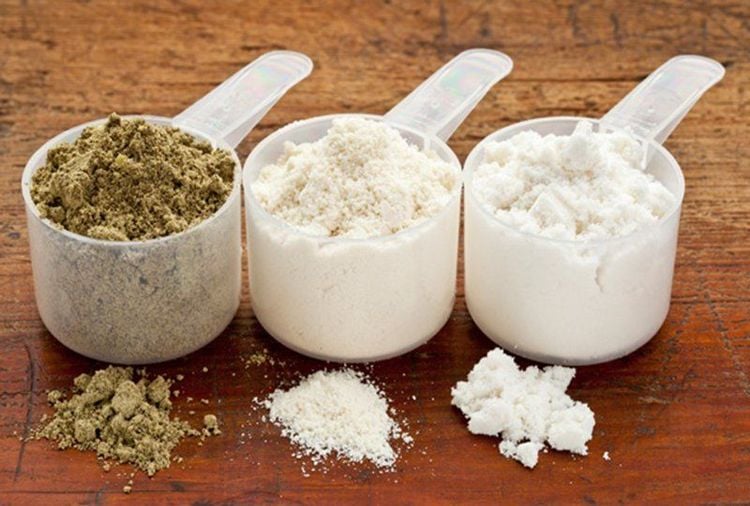
Bột whey thường được sử dụng làm nguyên liệu trong chế biến và sản xuất thực phẩm
Approximately 10% of the dry solids in whey powder are made up of mineral salts. In applications where mineral content can be an issue, manufacturers may use demineralized whey powder. This can be reduced by 30–90% of the mineral content using different whey processing methods.
Nanofiltration is a membrane separation process that can be used to remove up to 40% of minerals (sodium, potassium and chloride ions) in cheese whey as well as water. Electrodialysis, which uses an ion-selective membrane to remove cations and anions, can achieve up to 90% of dehydration. This degree of demineralization can also be achieved by ion exchange processes using ion exchange resins.
4. What are the benefits of whey protein powder?
There are many benefits associated with consuming whey protein and researchers are constantly finding new ways to enhance its benefits.
The benefits of whey protein powder include:
Aids in weight loss: In a study of 158 people, published in the journal Nutrition & Metabolism, those given whey powder lost significantly more body fat. and showed better muscle preservation than in other controlled drinkers. Muscle Growth: Supplementing with whey protein along with endurance training can help improve protein synthesis and promote the growth of muscle mass. A study published in the International Journal of Sports Nutrition and Exercise Metabolism concluded that supplementing with whey protein during exercise offers a number of benefits over exercise alone. . In addition, men who supplemented with whey protein experienced a relative greater increase in muscle mass. Much better strength gains have been associated with supplementing with whey isolate than with casein.
This was demonstrated in another study published in the International Journal of Sports Nutrition and Metabolic Exercise, which concluded that in two groups of muscle-trained men, whey isolate increased Strength, lean body mass, and fat loss were better than casein supplementation during a 10-week muscle-training program.
Anti-cancer properties: Promising results have been published in the journal Anticancer Research on the use of whey protein concentrate in the treatment of cancer. However, we still need more research to confirm this benefit of whey powder. Lowers cholesterol: One study, published in the British Journal of Nutrition, gave whey supplements to 70 overweight men and women for 12 weeks and measured several parameters, such as lipid and insulin levels. They found that there was a significant reduction in total cholesterol and LDL cholesterol at week 12 in the whey powder group compared with the casein group.
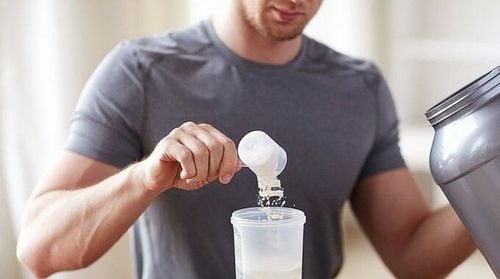
Bột whey protein giúp phát triển số lượng cơ và hỗ trợ giảm cân hiệu quả
Asthma: Whey protein may improve immune response in children with asthma. A small study involving 11 children, published in the International Journal of Food Science and Nutrition, found that those with asthma were supplemented with 10 grams of whey protein twice daily for 1 month. have an improved immune response. Blood pressure and cardiovascular disease: Research published in the International Journal of Dairy found that whey protein-fortified beverages significantly reduced blood pressure in hypertensive patients; Their risk of developing heart disease or stroke was also lower. Weight loss in people with HIV: A study published in the journal Clinical and Investigative Medicine found that whey protein may help with weight loss in HIV-positive patients.
5. Some unwanted effects of whey powder
Some people who are allergic to milk may be allergic to whey powder. In moderate doses, whey protein usually does not cause any side effects. However, when used in too high a dose can cause:
Stomach pain Cramps Decreased appetite Nausea Headache Fatigue Taking high doses of whey protein continuously can also cause acne. From the nutritional point of view, whey protein is very special and has no natural equivalent.
Some people believe that there are risks from nutrient-rich refined foods like these, because although they are packed with nutrients, the balance is heavily tilted towards protein.
Hope the above information has provided you with more options and answers about what whey powder is and what it is made of. Wish you always have a scientific diet and improve your work productivity and improve your life.
Please dial HOTLINE for more information or register for an appointment HERE. Download MyVinmec app to make appointments faster and to manage your bookings easily.
References: medicalnewstoday.com, sciencedirect.com




